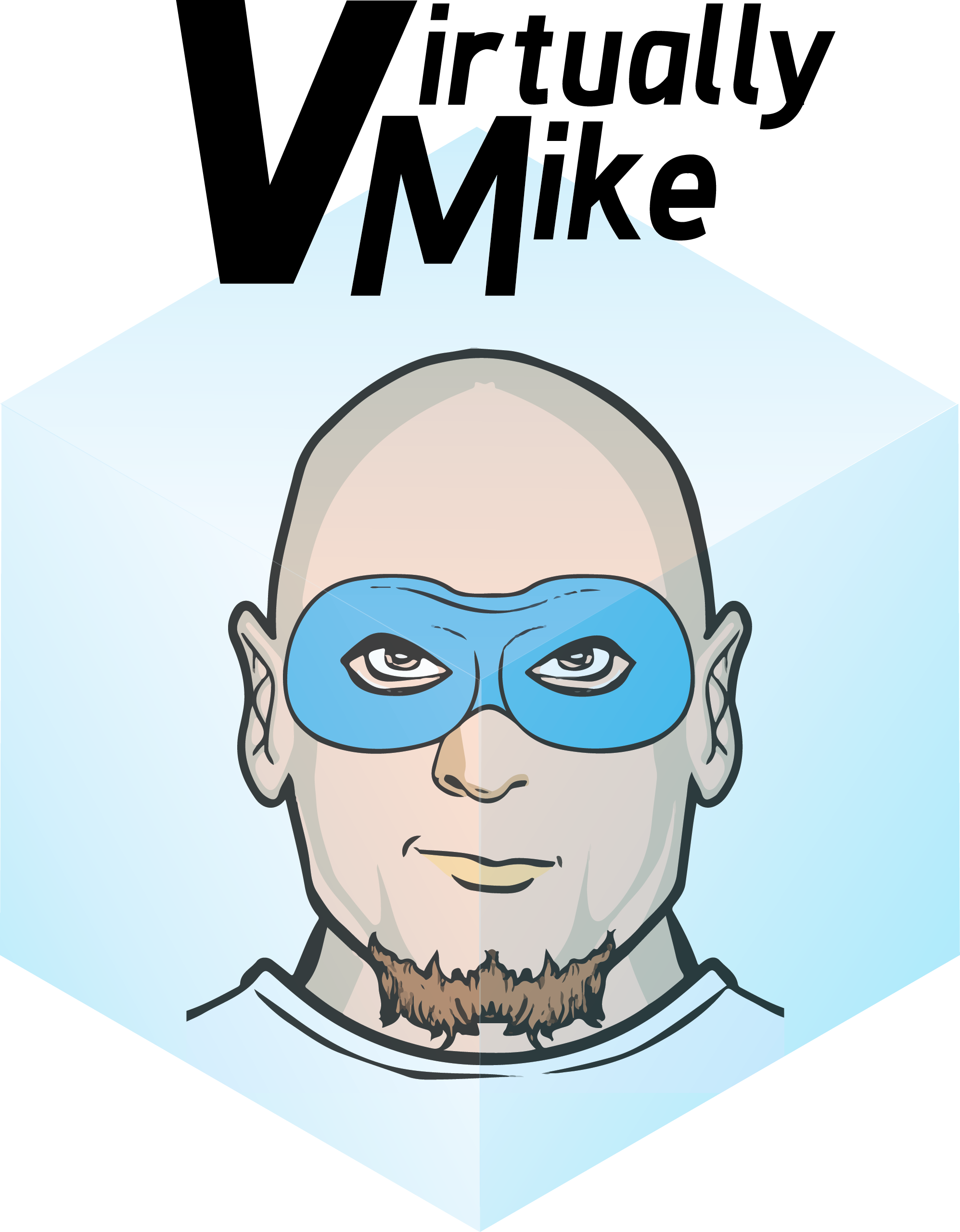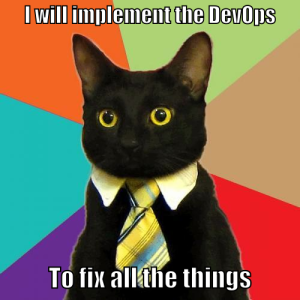 When so much time is spent on the road you learn that the time at home needs to matter that much more. You realize that weekends on the couch aren’t going to cut it, and you have to invest time in date nights or fun activities with the kids. This can be exhausting. Believe me, I get it, after a week traveling to 4 cities in 5 days and eating out every night the last thing you want to do is go out to dinner. Your own bed and favorite chair are like nirvana to you. But you have to get up and get going.
When so much time is spent on the road you learn that the time at home needs to matter that much more. You realize that weekends on the couch aren’t going to cut it, and you have to invest time in date nights or fun activities with the kids. This can be exhausting. Believe me, I get it, after a week traveling to 4 cities in 5 days and eating out every night the last thing you want to do is go out to dinner. Your own bed and favorite chair are like nirvana to you. But you have to get up and get going.
It’s funny I have traveled for the past 6 years of my career, there are those that have done it much longer, and are closer to 90% than just 60% that I am at. This of course is a personal matter. I realized that I could have a job in an ops center, 10 mins from my house. I could operate and manage a 50 – 100 host environment with maybe a 1000 vms. But even the thought of that bores me to tears. Not that there is anything wrong with that sort of role, and they are definitely necessary they just aren’t for me. So I travel, that’s my call, and one that the wife and I have discussed and fought about. She knows that if I were stuck in a cube now I would be miserable and that would effect things at home. She doesn’t love that I am gone but she understands the place that my career has in my life and definition of self.
I guess the reason I am writing this is because I have seen friends struggle with making this decision. They want to travel less, or be home more, some of my best friends refuse to leave the datacenters we used to work in together because they prefer to be home every night. To each their own.
If you decide that travel is for you, here are a couple of “Pro-Tips”.
- Get a solid bag for your laptop or primary device, I love my Ogio side load backpack, I have had it for 7 years and it’s held up well.
- Get Global Entry – seriously people who travel and don’t have this need to be smacked, and you get TSA Pre-Check for free as part of it
- Sign up for travel reward programs,
- Hotel points accrue faster than anything else use these for weekend trips with your family.
- Airline miles vary by airline.
- American\United\JetBlue\Delta tend to be more slanted towards personal upgrades and comfort,
- while Southwest you can earn companion passes faster.
- Flights cost bookoo points so don’t expect that to add up quickly
- Rental Car points add up don’t forget about them they can help you with family trips with free days
- Organize, organize, organize did I say organize? Get a Grid-IT, make sure you have extra battery power, spare charging cables, and any adapters\dongles you need for your devices
- Get and carry at least 2 pairs of headphones, flights aren’t fun they are worse with screaming babies
- Get Social – no one likes to eat dinner alone, get on twitter\facebook\linkedin let folks know you are in town see if anyone wants to grab dinner or a drink. You will be surprised sometimes strangers turn out to be friends
- Sleep – you will quickly learn that hotel sleeping isn’t awesome most of the time. I use a white noise machine on my phone, melatonin helps too. You will also figure out how to sleep on planes and whenever you get a chance. Travel is exhausting remember so sleep when you can.
- In flight wifi – I love it but honestly it can screw with #7. I find that it depends on the trip, if I have had no time to catch up on other work I will connect on my flight and see what I can get done. Then there are times where I work 15-20 hr days and I hit the flight and think it can all wait.
- Receipts – ok so every company is different my approach is I keep physicals after I submit them into the expenses system just in case. CYA
- Expense reports – the bane of most travelers existence all I can say is do them as close to the date of travel as you can. It helps to get them done earlier rather than later.
- Meals – I suck at this, but try to eat healthy when on the road. The opportunity to go out and eat bad for you is always available. But if you are on the road enough that will end up being your only option. Eat fruits and vegetables, mix in a salad every now and again. You gotta take care of yourself.
- Luggage – get something durable it will get beat to hell, also make sure it’s carry on approved. It’s a rookie move to check luggage for short trips (ie 1 week or less). I have an awesome bag from Genius Pack now that has an integrated suiter.
- Two kinds of ID – this is a new one for me but I now carry my license and my passport even for domestic travel. Just in case
That’s about all I can think of, am I missing something? What do you travel pro’s do?

 the wheel I would recommend you read
the wheel I would recommend you read 